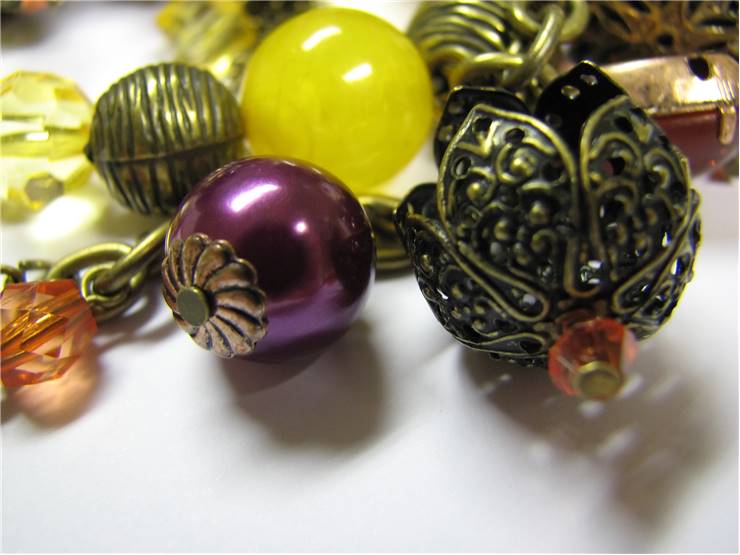Art Deco Jewelry - History
After several decades influenced by the late Victorian and Art Nouveau styles which favored cheerful and colorful jewelry, World War I bought several years of more serious and somber fashion. However, American public strengthened by the rising industrial power and rising of the middle class embraced the new rising "modern art" that came out of Cubism and Ballet Russe and morphed it into a style that remained in height of its popularity for 15 years, from 1920 - 1935. This style soon traveled to Europe where it also made a big mark. Known as the roaring 20s, this period of American history was remembered by it decadent ways, quick and energetic dances, empowerment of women (who gain the right to vote in 1920), popularization of gangsters, industrial manufacture of affordable cars, and exciting nightlife during a Prohibition. All in all, that was the time when breaking a law was fashionable.
By 1920s, industrial production of jewelry came into full swing, enabling creation of very affordable jewelry of high quality. Artisans of those time preferred more simple forms that followed philosophy of "no barriers between artists and craftsmen". Empowerment of women led to one of the biggest turns of female fashion in modern history. They started bobbing their hair, painting list, baring arms, wearing short dresses in "flapper" style" and wearing boyish clothes. Jewelry also received attention with the addition of long dangling earrings, long strands of pearls, diamond watches and ring, dress clips, cocktail gins, bracelets (often multiple of them, on both hands) and clothes jewel accessory (pins and buttons) often made from diamonds.

Some of the most notable motifs of art deco can be seen in popularity of platinum and precious stones (ruby, emerald, sapphire), dramatic combinations of materials (the bigger the difference between them, the better), geometric shapes (heavily influenced by Cubism, diamonds, triangles, shields, etc), Egyptian motifs (popularized by newly discovered tombs of Pharaohs), oriental influences, speed motifs (airplanes, automobiles, arrows, panthers) and masterfully made diamond engagement rings and wedding bands made from platinum or gold.
The bubble of Art Deco bursted after the market crash of 1929 and the 1930s Great Depression, but the remnants of that interesting fashion trend survive even today.

